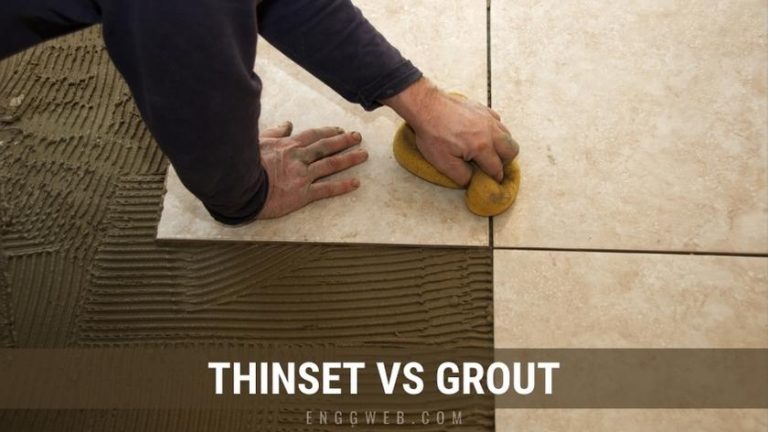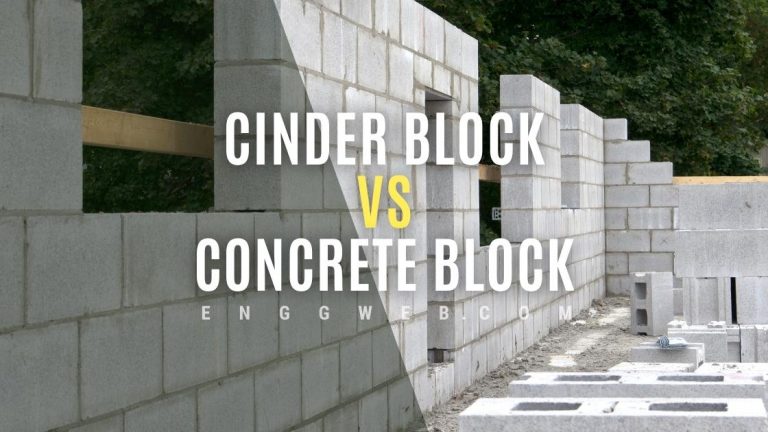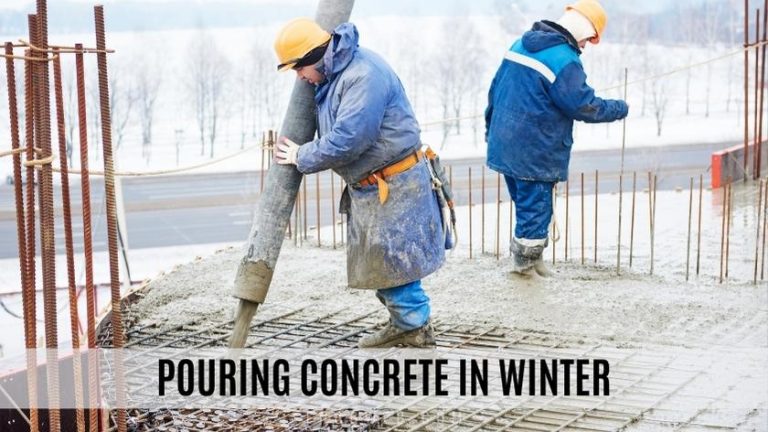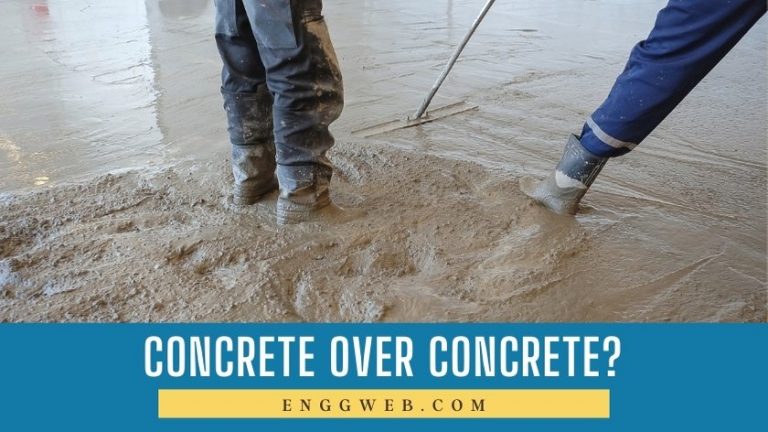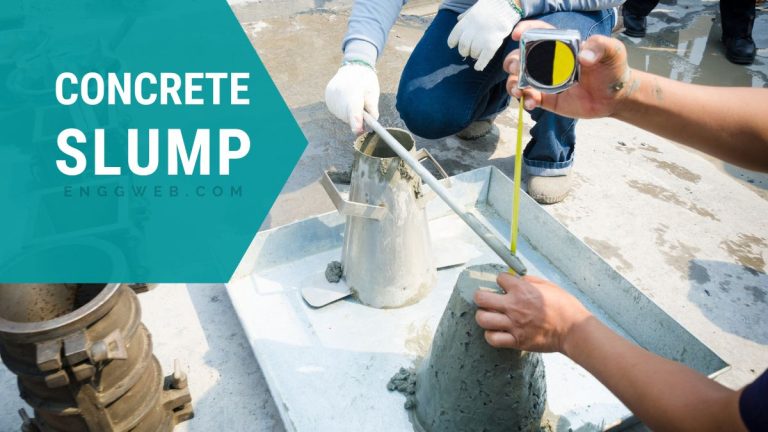How Long Does It Take for Concrete to Dry?
Fresh concrete needs time to harden before you can walk on it or place any form of weight on it. How long is this waiting period, and how can you help concrete gain the maximum amount of strength in this time?

Contents
Does Concrete Dry to Gain Strength?
Contrary to popular belief, concrete doesn’t dry as it hardens – it undergoes hydration. Here, water molecules in the concrete mix design react with cement particles to form a strong crystalline structure. As this reaction progresses, the crystals increase in size and interlock, forming the hard cementitious structure that we know as the final product.
Concrete needs a lot of water to complete this process. Maintaining the desired level of water in and around the newly placed concrete is called curing. This is an essential component of the concrete strength gain process.
Concrete Curing Time
It takes approximately 24 to 48 hours for concrete to dry (final setting time). You will need to wait 14 to 28 days for the complete curing which will give it 90% of its strength.
Freshly cast concrete needs to hydrate to gain strength. This hydration process is called curing and varies with mix design, concrete thickness, and prevailing weather conditions.
The below timeline represents the average type of concrete, poured in mild weather and adequately protected from wind, rain, and other potentially detrimental elements.
Timeline
Freshly poured concrete is plastic and easily formed. It is essential to keep all traffic from it at this stage.
- After 6 Hours
After six hours, the concrete would typically have set sufficiently to cut control joints. If you’re not familiar with control joints, please see our article on the topic here. At the six-hour mark, the concrete can typically withstand the weight of a concrete saw and its operator. The timing here can vary, though; care should be taken not to cut the joints too soon. - After 12 Hours
After 12 hours, the concrete would likely have formed internal stress-relief cracks if control joints weren’t cut at the right time and locations. Here, the concrete is strong enough to withstand very mild traffic, such as a light walk from a smallish person wearing soft, flat shoes. - After 24 Hours
After 24 hours, concrete is typically strong enough to withstand gentle foot traffic. It’s better to wait 48 hours to provide sufficient time for strength gain. - After 7 to 10 Days
Now your concrete driveway has sufficient strength to drive and park small cars. - 28 Days
Generally, concrete will gain more than 90% of the strength after 28 days. It will continue to cure further, but the rate of strength gain is not significant after this point.
How Soon Should I Water Concrete After Pouring?
Water is an essential component in concrete curing. Keeping this water inside the concrete is called curing, and there are many ways to go about this. The simplest way to do this is to wet the newly placed concrete – the method for this depends on the type of structure in question. Other ways to go about this include curing blankets, chemical curing compounds, and plastic coating, to name a few.
Once fresh concrete is placed, the water in the mix design starts rising to the surface. Simultaneously, the heavier particles (sand, stone, and cement) settle towards the bottom of the structure. We call this process “bleeding.” Bleed water collects on the fresh concrete surface, from where it evaporates. A good mix design will not allow for much bleeding since you want the water inside the concrete structure to facilitate the hydration reaction.
When bleed water evaporates too fast, the concrete surface dries out, causing hairline cracks to form. Avoid this at all costs, keeping the concrete surface wet at all times. For this reason, it is prudent to wet the concrete surface or apply other forms of curing aids as soon as the concrete is placed. Remember that you must not work the wetting water into the mix design since this will change the water-to-binder ratio, compromising concrete strength.
In the case of floor slabs, the surface must be sealed or watered as soon as finishing is complete. The finishing process, which often involves power floating or other polishing actions, reworks the concrete’s surface layer. If any water is added to this layer before the finishing operation, it will have lower strength than the rest of the concrete. This will lead to cracking and flaking.
How Long Should Fresh Concrete Be Kept Wet?
The longer the concrete is kept wet, the better. However, it is often impractical to keep the concrete surface wet indefinitely. A good rule is to keep concrete wet for the first seven days after placing, at which point it should reach 70% of its design strength.
If you’re using water as a curing agent on floor slabs, the most effective method is usually ponding. Here, you form a pond around the newly placed structure using sand of sandbags, often lined with plastic. You would then fill this pond with water, covering the slab entirely.
In vertical structures, you could use wet hessian bags or hose the structure down at regular intervals once the formwork is removed. When using hessian, caution is advised. While wet hessian is an excellent curing aid, dry hessian leaches water from the structure, thus having the opposite effect and potentially damaging the structure.
How Long Should Concrete Cure Before Removing Forms?
Generally, concrete should cure for two days before removing formwork. Bear in mind that this is just a rule of thumb – take care to check that the concrete has gained enough strength before removing the formwork. Removing the formwork too early could have disastrous effects, such as sagging, cracking, and collapsing. Removing the formwork too late is inefficient.
Weather conditions, the mix design, and the structure’s size and shape also affect the concrete stripping time. Cold weather leads to longer curing times, while a high-strength mix design should gain adequate strength for stripping sooner. Overhanging slabs should be cured longer before stripping and then still have some support after the formwork is removed.
Effect of Rain and Cold Weather
Placing concrete in the rain is never a good idea since the rainwater will get worked into the mix design. This changes the water-to-cement ratio, decreasing the strength of the resulting mixture.
Is It Ok if It Rains After Pouring Concrete?
While water is essential for concrete curing, it could spell disaster when added at the wrong point in the curing process.
If it starts raining after you’ve placed the concrete, you could still salvage the situation, provided that you’re well prepared. Once you’ve placed the concrete, cover it with a tarp or other protective covering, keeping the rainwater out. Also, cover the sides of your structure, ensuring that rainwater can’t seep in from the sides or bottom. If your concrete is adequately protected, the rain could even aid your curing process by keeping the environment moist.
How Long Does It Take for Concrete to Cure in Cold Weather?
Cold weather slows down the curing process. The hydration reaction stops if the temperature drops to below 40°F (4°C).
At 32° F (0°C), the water in the mix design freezes, causing the freshly placed structure to expand. As you can see, cold weather concreting is a tricky business and should be taken on with caution.
Concrete cures much slower in cold weather than in hot weather – how much slower depends on the temperature, along with other factors, such as wind chill, humidity, and whether you’re casting the concrete on a rising or falling thermometer. In short, if you’re considering cold weather concreting, be sure to cast the concrete during the hottest part of the day, providing that the temperature is above freezing point. Also, take care to protect the concrete from the elements, keeping it warm and moist.
How Long Does It Take for Concrete to Dry for Fence Posts?
Fence posts generally don’t require large concrete structures, and construction is generally done quickly and efficiently. After placing fence post concrete, it’s prudent to wait at least 4 hours before applying any weight to the structure. However, it is good to wait at least 24 hours before continuing with fence construction. The type of strain involved in this may crack freshly placed concrete.
How Long Does Concrete Take to Dry to Walk On?
After placing fresh concrete, allow it to cure for at least 24 hours before walking on it. This excludes finishing operations, such as floating. Suppose you’re not placing the concrete under extreme weather conditions that would significantly affect curing. In that case, you could walk on it without leaving footprints after 24 hours.
Closing Thoughts
Concrete curing times could vary significantly based on mix design, ambient conditions, and the size of the structure involved. Generally, however, concrete reaches the final set between 24 and 48 hours after placing and gains around 70% of its design strength seven days after casting. At 28 days, concrete should reach its design strength, after which the rate of strength gain decreases dramatically.

